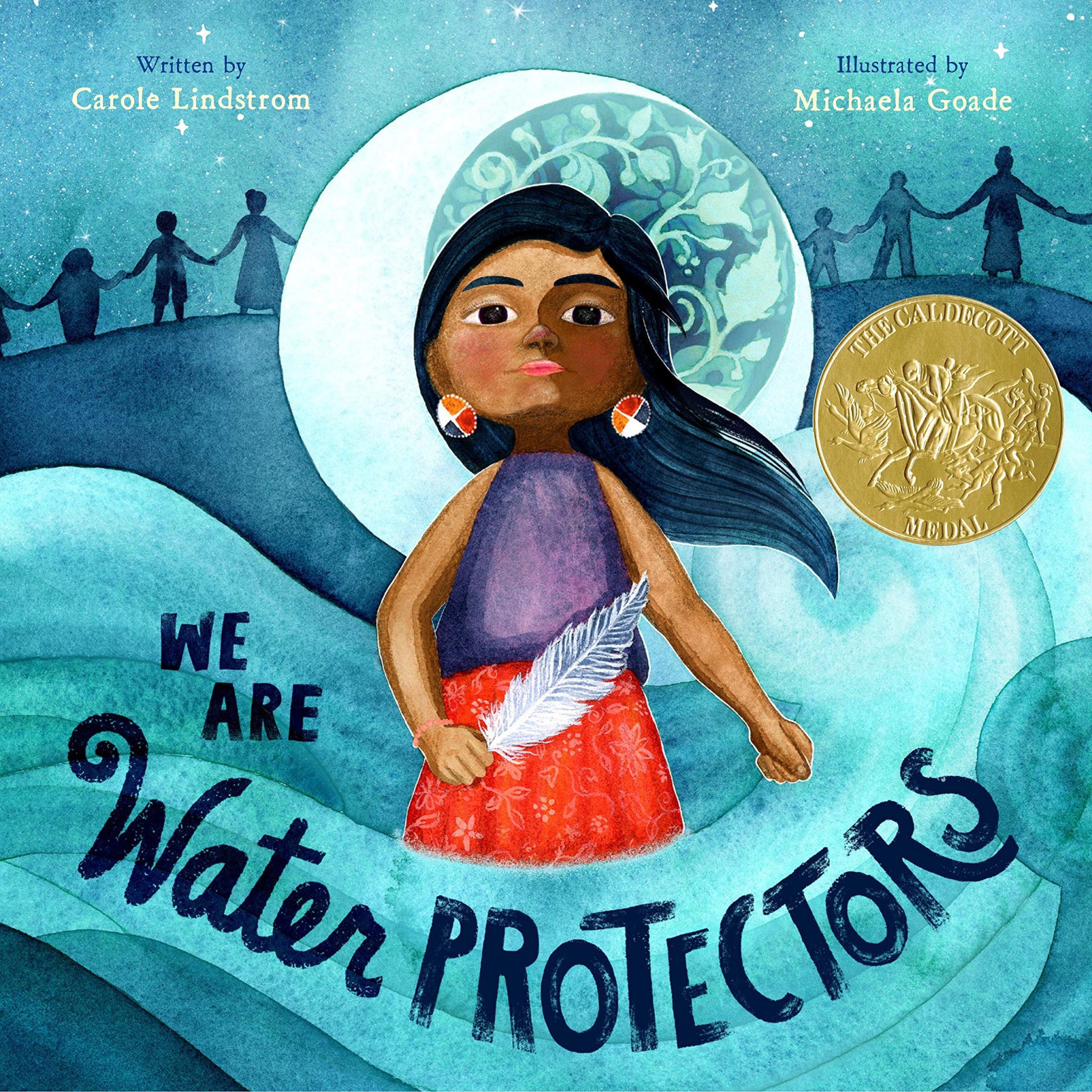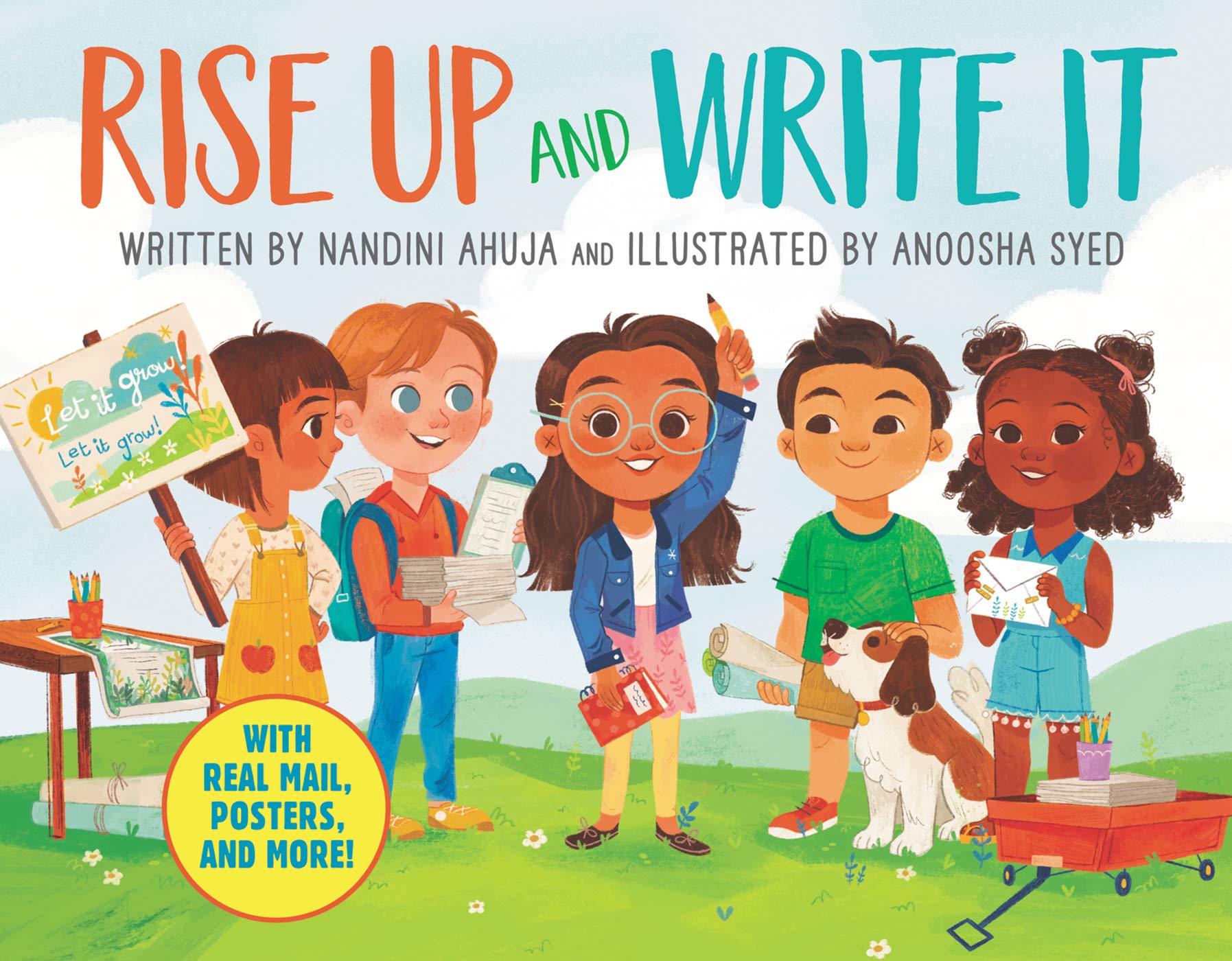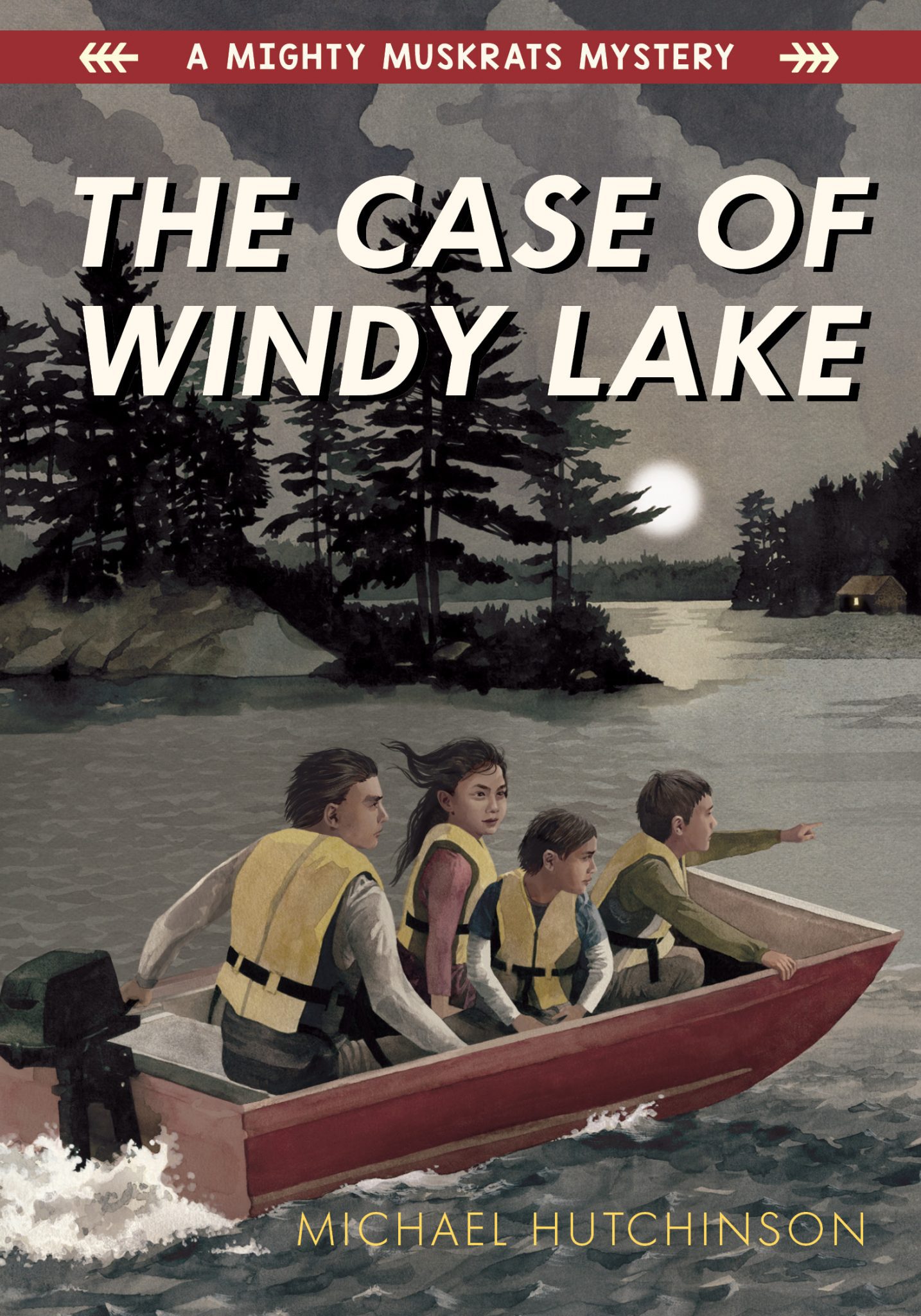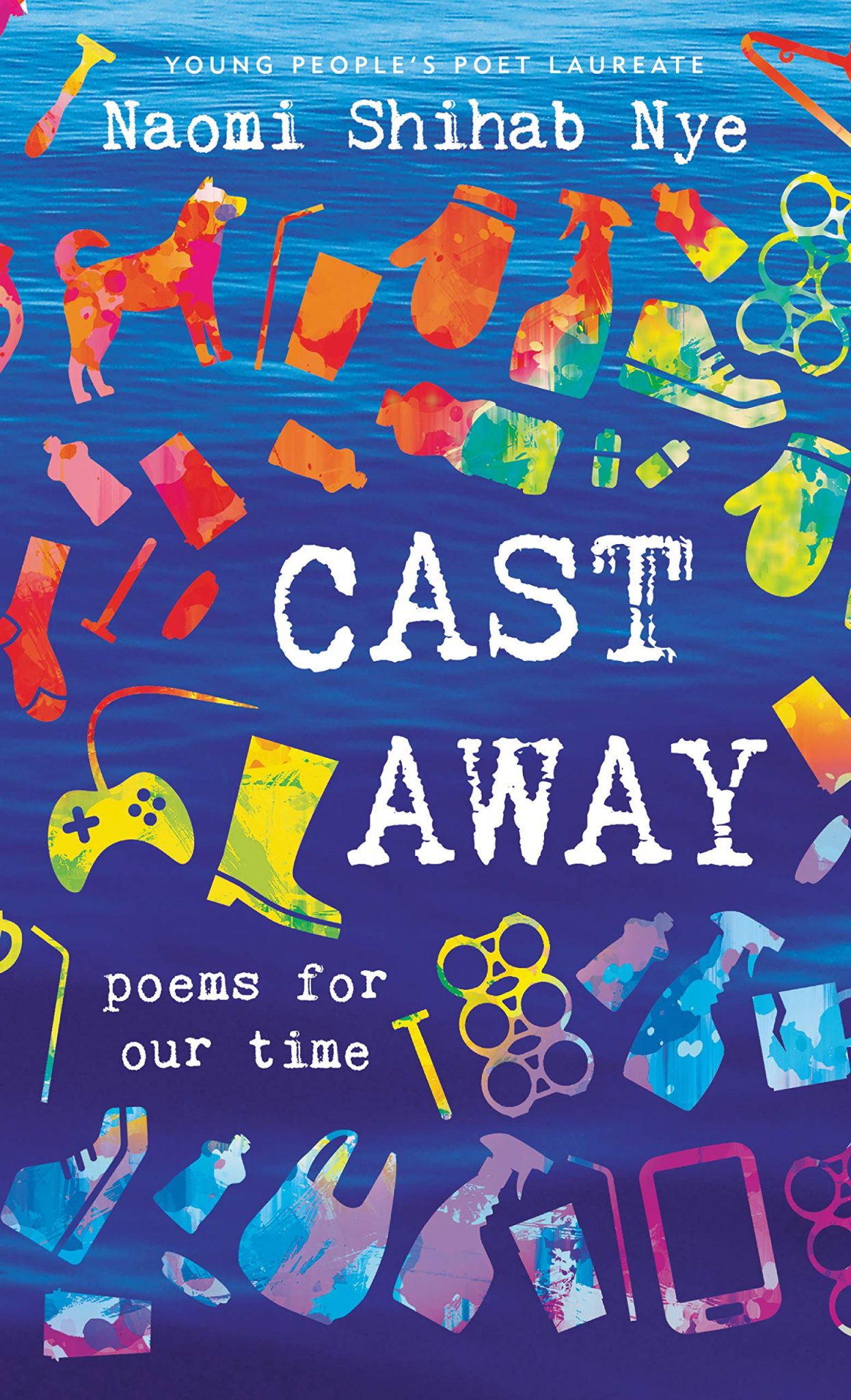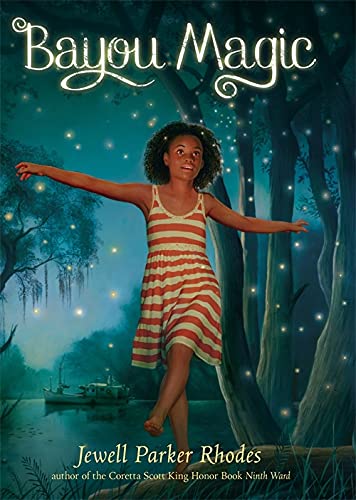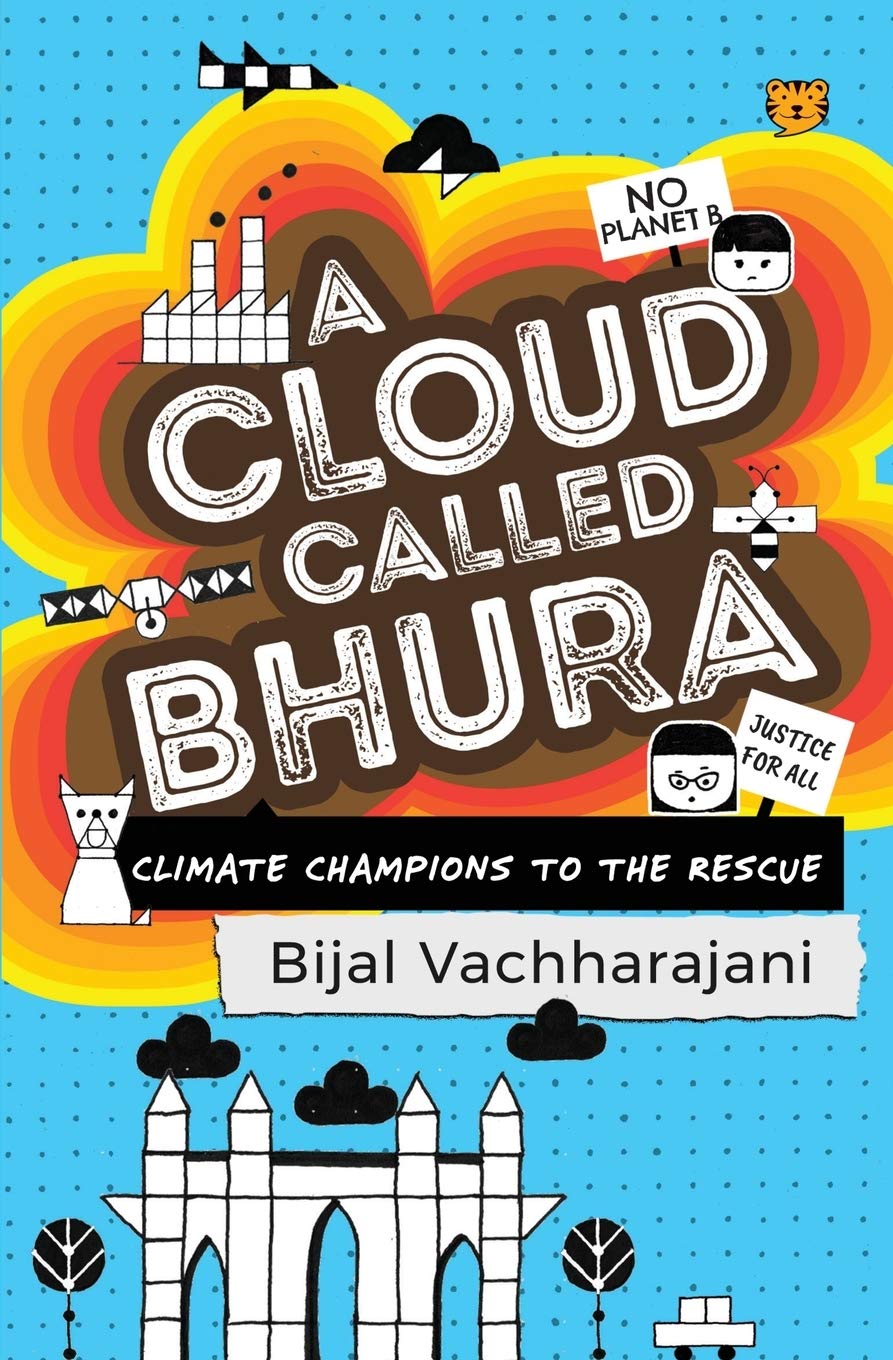So often literature about climate change centers white voices. This post highlights eight children’s books by non-white authors that feature diverse characters and non-white perspectives on climate change, human impacts on the environment, and humanity’s relationship with the natural world. Titles span age ranges and include fiction, non-fiction, poetry and prose. Even better, browse this list of local diverse-owned bookstores, organized by identity and state, to purchase these books for your own classroom library.
Children’s Books for Ages 5-10
1. Jayden’s Impossible Garden by Mélina Mangal and illustrated by Ken Daley
In this gem of a book, young Jayden sees nature thriving in his city where others around him cannot. Jayden follows his natural curiosity and notices squirrels scrambling along trees, listens to bird calls, and feels falling snowflakes on his face. He befriends Mr. Curtis, an older gentleman in his building, and they spend the time after school discovering the magic of nature in small places. Together Jayden and Mr. Curtis build a fort and garden from found items, recycled containers, and mystery seeds. By the time summer arrives, Jayden has all the proof he needs to convince his skeptical mother that the “magic of nature is all around them – right there in the middle of the city.” About 80% of American kids and over half of the world’s children grow up in urban areas. This lovely book reminds us that we can observe, wonder, and delight in nature even in these very urban spaces.
Read the book along with this PopEd activity: Web of Life
2. We Are Water Protectors by Carole Lindstrom and illustrated by Michaela Goade
This Caldecott award-winning book tells the story of resilience and connection when a community is faced with a mythical, and yet very real, threat to its water from an oil pipeline. The story teller is an Indigenous girl telling lessons about water and her community that she learned from her grandmother. She tells about the story of a “black snake that will destroy the land” and about how she and others in her community are standing together to fight. The prose reads like a song with a measured cadence and a repeating chorus. Water ties the characters together in visual ribbons that connect the pages, people, plants, and animals in this beautifully illustrated book. The storyteller’s narration centers an Indigenous way of knowing and relating to the natural world, to generations past, and a hopeful vision of the future.
Read the book along with one of these PopEd activities: Who Polluted the River? for grades K-2; Who Polluted the Potomac? for grades 3-5)
3. Rise Up and Write It: With Real Mail, Posters, and More! by Nandini Ahuja and illustrated by Anoosha Syed
When Farah notices that butterflies are disappearing from her neighborhood, she sets out to fix the problem. She decides that more flowers are needed, and that an empty lot next door is the perfect place to start. However, she is not the only one with plans for the lot. She must rally the community to support her proposal to bring back butterflies. This innovative book weaves a compelling story of a determined protagonist with real-life suggestions for children organizing in a community. The book is also interactive with envelopes that open to reveal a letter to the mayor, an example of a petition, a protest sign, and more. The story is a relatable and accessible blueprint for children to notice something problematic in their own communities, identify the reasons why, and advocate for change.
Read the book along with this PopEd activity: Green Spaces
4. The Case of Windy Lake by Michael Hutchinson
If you’re looking for a good mystery read and enjoyed Hardy Boys, Nancy Drew, or Encyclopedia Brown as a child, then the series A Mighty Muskrats Mystery should be next on your list. The first book in the series is The Case of Windy Lake. Our intrepid team of four cousins (whose behavior reminds family members of muskrats) tries to rescue a missing archeologist on the reserve of Windy Lake First Nation in Canada. The mystery sits against a backdrop of conflict between a mining company and the people of Windy Lake reserve over the impact of the mining operation on the local watershed. We learn about another cousin’s actions to protest the mining operations as our muskrat team uses their knowledge of nature and top-notch internet sleuthing to find the archeologist before it’s too late. Hutchinson’s storyline, characters, and setting feel authentic and thoroughly modern. This is first and foremost a children’s mystery at its best that also happens to showcase Indigenous youth and a realistic struggle over human impacts on the environment.
Read the book along with this PopEd activity: Mining for Chocolate
Children’s Books for Ages 11-13
5. Cast Away: Poems for Our Time by Naomi Shihab Naye
Through this series of poems, Naomi takes us on a journey of thinking, wondering and being aware of what we throw away in our lives. From the streets around her Texas home Texas to Hong Kong, many poems are miniature stories about the made-up lives of the people who littered, or epically-imagined journeys of the items that she finds discarded. Naomi reminds us that what we waste is a reflection of the kind of people we are and the morality of the choices we make. “Trash tells its story. Who you are, how you spend your days.” She also allows space for grace and forgiveness, as we grapple with a problem that can be overwhelming. “It’s fine not to know how to solve everything/ It’s still room to sit in.”
Read the book along with this PopEd activity: Secret Life of Stuff
6. Forest World by Margarita Engle
Two siblings living in Cuba and the U.S. meet for the first time in a rural, forested town of La Selva. The brother and sister slowly overcome cultural differences and find common ground in exploring and protecting the lush jungle. They hatch a plan to reunite their parents. The plan goes awry after the children inadvertently encouraged wildlife poachers to visit the forest, and they find themselves fighting for the land they’ve endangered. The book explores complicated family relationships, the cultures of Cuban families divided by politics, and the rich biodiversity of Cuba. Alternating voices written in prose give the fast-paced storyline a sense of depth and delicacy.
Read the book along with this PopEd activity: World of Difference
7. Bayou Magic by Jewell Parker Rhodes
Maddy travels from the city to the bayous of Louisiana for the first time to spend the summer with her Grandmere. There she connects with magic of the natural world and hints of a deeper family magic. When the impending Deepwater Horizon oil spill threatens, she must rise to the occasion and save the town. Author Parker Rhodes weaves stories from West Africa of mermaids, the impacts of slavery, the ecology of the bayou, and rich fantasy into Maddy’s coming of age. Note: the story includes some mention of domestic violence and may be inappropriate for some readers.
Read the book along with this PopEd activity: Like Oil and Water
8. A Cloud Called Bhura: Climate Champions to the Rescue by Bijal Vachharajani
Four friends living in Mumbai, India wake up to a giant, angry cloud covering their city. People can’t breathe, birds fly away, and the leaders can’t seem to do a thing about it. The friends work together to try to save their city. Unlike some of the other books on this list, Vachharajani infuses a healthy dose of humor into the story of a potential catastrophe (after all, we’re “groan ups” in this book). They demonstrate the power of friendship, trust in community, as well as reflecting a very real anger at the adult generation for leaving them in the mess in the first place.
Read the book along with this PopEd activity: What’s Up in the Air?
This collection of eight children’s books includes global voices, authors of color, and diverse characters. From picture books to chapter books, fiction to non-fiction, and prose to poetry, there is something for every reader on this list.




